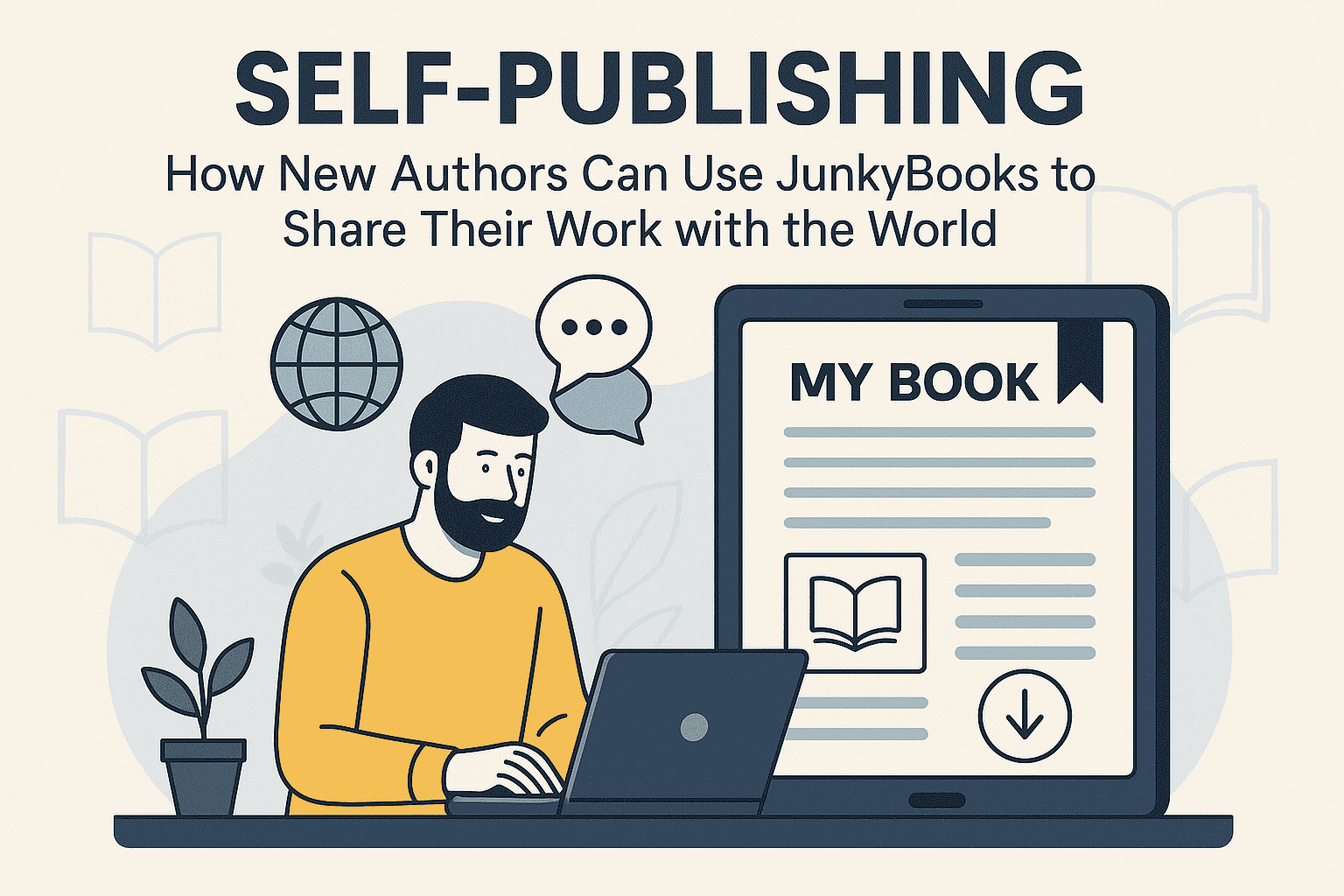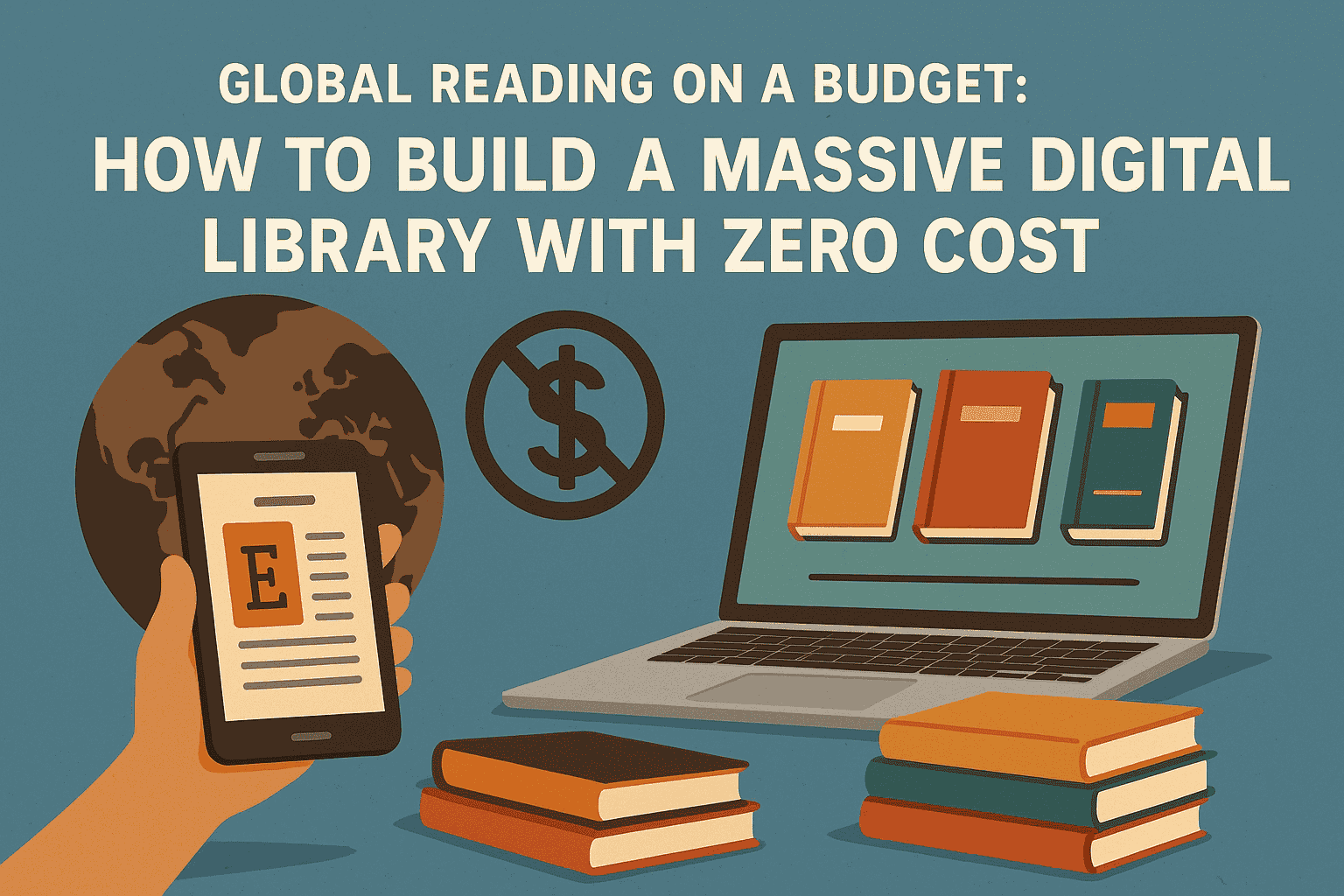A Scholarship Winner Uncovers Corruption Within the Funding Organization: A Narrative of Idealism, Betrayal, and Truth
In a world where scholarships often symbolize hope, merit, and social mobility, what happens when the dream becomes a doorway to darkness? Imagine a novel in which a student, full of gratitude and ambition, receives a prestigious scholarship—only to uncover systemic corruption within the very organization that funded them.
This narrative provides fertile ground for exploring timely themes: the ethics of philanthropy, the weaponization of opportunity, and the tension between gratitude and justice. Through the eyes of a young scholar, we witness a story that blends coming-of-age tension with social critique and investigative drama.
In this blog post, we’ll explore how this story could unfold in fiction, what literary traditions it draws from, and why such a narrative resonates so deeply in our current cultural and educational moment.
1. The Setup: A Dream Come True
Our protagonist is a high-achieving student—perhaps from a working-class family, an underrepresented background, or a marginalized community. They’ve spent years excelling in school, hoping for a break. That break arrives in the form of the Dorian Initiative Scholarship—a full ride to a top university with perks: a generous stipend, mentorship, and internship placements.
The scholarship is offered by a massive philanthropic foundation known for “changing lives.” To the protagonist, this is salvation. Their family cheers. Local news outlets cover the story. Everything seems perfect.
But underneath the applause is a subtle unease. A few odd clauses in the contract. A required “leadership retreat” that doesn’t appear on the foundation’s website. A hush that falls over other recipients when certain topics arise.
2. The First Cracks: Subtle Red Flags
At first, the protagonist overlooks the warning signs. They are too busy adjusting to their new world—elite classes, polished peers, high expectations. But small things begin to gnaw at their confidence:
-
Their assigned mentor avoids basic questions about the foundation’s history.
-
Their internship involves questionable projects, such as lobbying for education policy that benefits private interests.
-
Another scholarship student confesses they dropped out after refusing to promote misleading data in a research brief.
Soon, the protagonist realizes something is off: the Dorian Initiative is not just funding education—it’s manipulating public narratives, using its scholars as polished, grateful spokespeople to cover up its exploitation elsewhere.
3. The Investigation: Curiosity Turns to Confrontation
Driven by curiosity—and a sense of obligation to the truth—the protagonist begins to dig. This part of the novel shifts into literary investigation mode, reminiscent of campus thrillers or political mysteries.
They comb through public filings, news archives, and leaked internal memos. What they find is disturbing:
-
The foundation profits from student loan firms it claims to be combating.
-
It has ties to school privatization efforts that destabilize public education.
-
Some donations come with nondisclosure agreements and influence over academic research.
Perhaps worst of all, the foundation has used its scholarship program to silence dissent—requiring students to sign morality clauses or participate in PR campaigns that spin its image.
4. The Ethical Dilemma: Gratitude vs. Integrity
The emotional core of the novel lies in the protagonist’s internal conflict: Do they expose the truth and risk everything, or stay silent and keep their future secure?
This is not just a plot device—it mirrors the real-life tension many students feel when institutions that offer opportunity also demand complicity.
The novel might include moments of:
-
Anguish: Over betraying the family’s dreams and expectations.
-
Guilt: For being a “face” of a corrupt system.
-
Rage: At how merit is weaponized to mask injustice.
Here, the novel can explore how well-meaning people are manipulated into protecting power structures, especially when dependence and gratitude are leveraged against moral clarity.
5. Allies and Enemies: Building a Support Network
No whistleblower stands alone. The protagonist finds unexpected allies:
-
A disillusioned former scholar who went silent years earlier.
-
A journalism student willing to help expose the truth.
-
A professor who once worked inside the foundation and left under murky circumstances.
Together, they begin to build a case—gathering evidence, recording interviews, and preparing for the storm that will follow.
Meanwhile, the foundation responds with veiled threats. Opportunities are revoked. The protagonist is labeled “ungrateful” or “troubled.” The campus turns cold. Friends distance themselves.
This conflict captures the emotional isolation of whistleblowers—especially young ones—and the cost of moral courage in systems that reward silence.
6. The Showdown: Speaking Truth to Power
In the climax of the novel, the protagonist goes public. The story might break via a student newspaper, a viral video exposé, or a formal report delivered to the media. The foundation scrambles to contain the fallout.
The university tries to stay neutral—or quietly sides with its wealthy donor.
The protagonist must face hearings, media scrutiny, and institutional backlash. They may lose the scholarship, face suspension, or worse. But they gain something else: a reclaimed sense of agency, and the power of truth.
The ending can be hopeful, bittersweet, or even tragic—but it should feel earned. Whether the foundation crumbles or merely rebrands, the story shows that change, even when incomplete, begins with resistance.
7. Literary Context and Real-World Echoes
This type of story draws from a rich literary tradition:
-
Campus novels like The Secret History or Real Life, where intellectual promise is intertwined with social and moral tension.
-
Investigative fiction like The Pelican Brief or The Likeness, where hidden corruption slowly unravels.
-
Coming-of-age narratives that go beyond romance or identity to tackle power and ethics.
It also mirrors real-world cases—of nonprofits exposed for exploitative practices, of students silenced through legal threats, and of donors shaping university policy behind closed doors.
In an era where educational access is increasingly shaped by private interests, this novel becomes more than fiction—it becomes a social parable.
8. Themes and Talking Points
This story allows readers to reflect on major contemporary issues:
-
Who really benefits from educational philanthropy?
-
What moral obligations do scholarship recipients have?
-
How can students navigate institutions that demand loyalty over truth?
-
Is silence ever justified when opportunity is on the line?
By following a character who dares to ask these questions, the novel invites readers to do the same.
Conclusion: When the Dream is a Disguise
“A Scholarship Winner Uncovers Corruption Within the Funding Organization” is not just a suspenseful premise—it’s a blueprint for deeper conversations about justice, youth empowerment, and the illusions of meritocracy.
It shows how even the most well-intentioned structures can be compromised. But it also reveals the power of a single voice, armed with truth, to break through the silence.
In the end, the protagonist may not just lose a scholarship—they may gain a mission.







